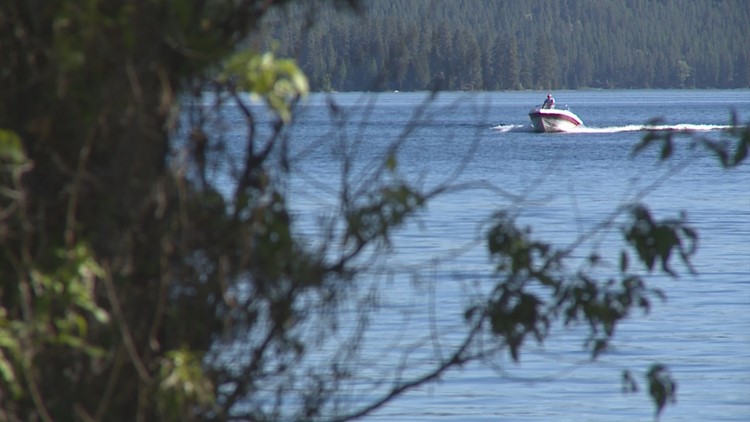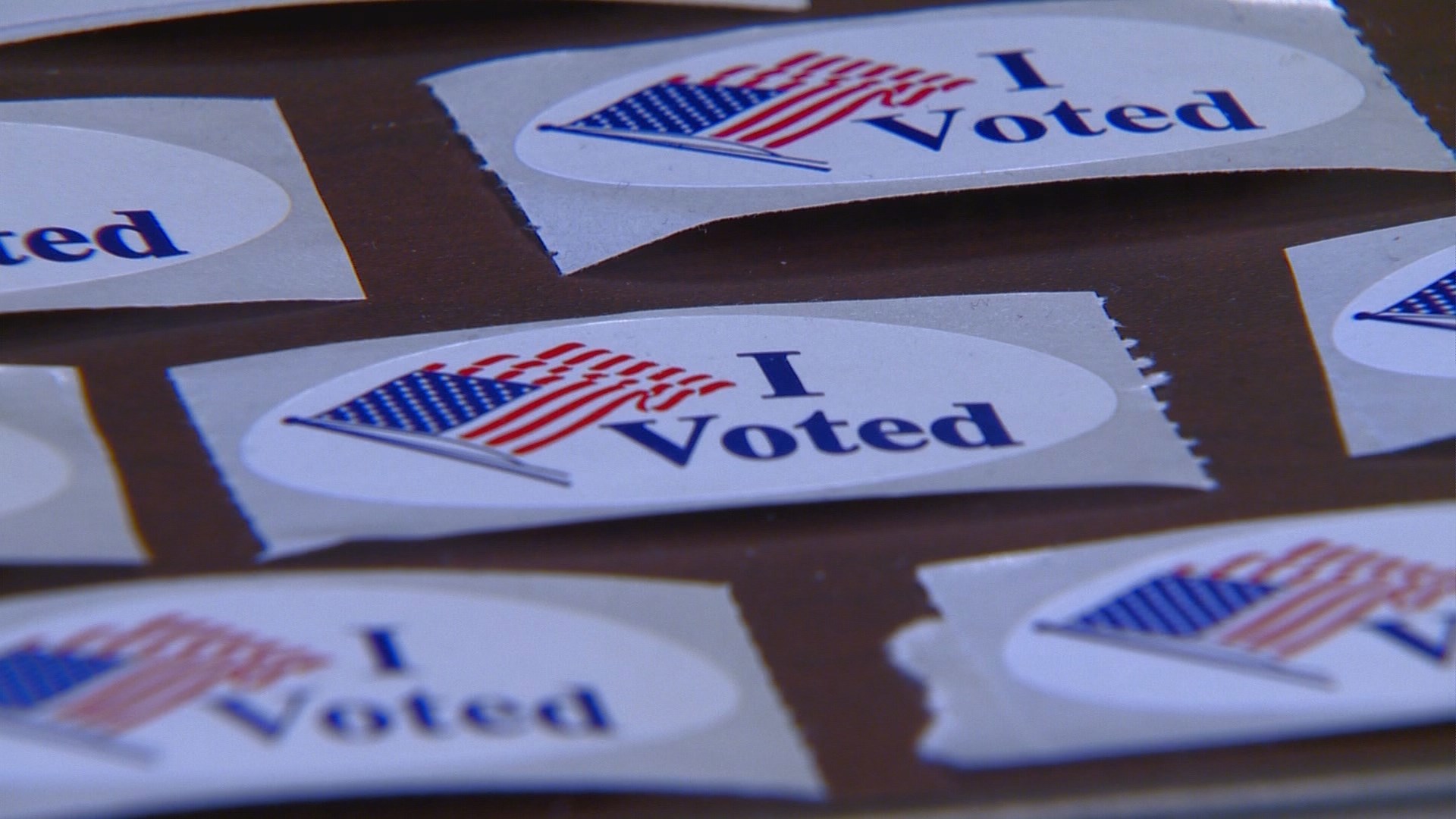BOISE, Idaho — Idaho’s state parks are so busy that they’re backing off on marketing, as popular campsites sell out long in advance and folks are turned away.
At Bear Lake in southeastern Idaho, the popular North Beach can handle about 600 cars, state Parks Director David Langhorst told the Legislature’s joint budget committee on Friday. “Once we get to that point, our rangers have to tell folks – imagine a ranger, in this business, saying to someone, mom and dad and the kids are in the back, and they just drove an hour or two – ‘Sorry, we don’t have room for you.’”
“That’s the kind of thing we’re facing with this growth,” Langhorst told the Joint Finance-Appropriations Committee. “Consequently, we’re de-emphasizing a little bit our outreach and our advertising.”
“When you’re selling your inventory out, it doesn’t make sense to try to get more people to come,” Langhorst said. “That’s the reality of what we’re facing right now.”
Idaho’s most popular parks are being maxed out, he said. People can’t reserve campsites more than nine months in advance, and at that point, there’s a big rush over the internet. At places like Priest Lake or Ponderosa State Park in McCall, “I get letters from people who say they’ve been trying to get in for 15 years or more, and haven’t been able to get a campsite during the high season,” Langhorst said. “That’s the case in a lot of our parks, and growing.”
Idaho’s state parks system, which includes 30 state parks along with trails and recreation programs, currently has about the same number of employees as it had 12 years ago, Langhorst told lawmakers. “During that same time, we’ve increased our visitation and occupancy by 60 percent, so we have the same number of folks basically taking care of 60 percent more customers,” he said. “We’re in serious need of boots on the ground, and I just wanted to put it on your radar.”
Only 8.5% of the Department of Parks & Recreation budget comes from state general funds. So Langhorst said the parks board is discussing ways to increase the system’s dedicated funding, and that could mean fee increase proposals.
Langhorst said his agency is starting a voluntary trail pass program as part of a long-range goal to raise awareness and eventually money for non-motorized trail maintenance. This comes as interest in the 900-mile Idaho Centennial Trail has been growing, he said.
Motorized trail groups have been effective in persuading lawmakers to tax or place fees on those user groups for trail maintenance, Langorst told JFAC. But he said non-motorized trail users have been somewhat resistant to those kinds of user fees. He said the voluntary trail pass could help change minds.
The agency is seeking a budget for next year of about $45 million, with the bulk of that coming from fees for such things as camping or day use.
Sen. Van Burtenshaw, R-Terreton, asked Langhorst, “As we look into the future ... what do you see for occupancy and visits in our state parks?”
“This is what keeps me awake at night,” Langhorst responded. “You’ll hear more from us. Our dedicated funds that we raise through our own means have been increasing. A lot of that is from things we learned during the great recession. … Our employees deserve a lot of kudos for that. But now with all this growth that Idaho’s experiencing, if we do not get ready for that, and if we do not make investments in recreation infrastructure, our quality of life in Idaho that we’re used to, that we just assume, it’s what we’re all about – it will decline. I think it’s that plain.”
The Associated Press contributed to this report.
Betsy Z. Russell is the Boise bureau chief and state capitol reporter for the Idaho Press and Adams Publishing Group. Follow her on Twitter at @BetsyZRussell.
More from our partners at the Idaho Press: Boiseans face the burden of rising property tax costs
Watch more 'Growing Idaho':
See the latest growth and development news in our YouTube playlist:



